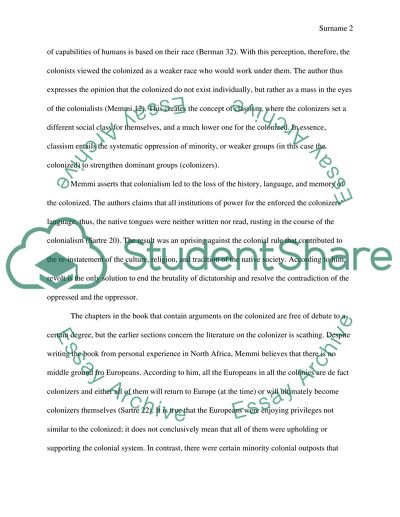Cite this document
(“Racism and classism Essay Example | Topics and Well Written Essays - 1750 words”, n.d.)
Retrieved from https://studentshare.org/gender-sexual-studies/1439632-racism-and-classism
Retrieved from https://studentshare.org/gender-sexual-studies/1439632-racism-and-classism
(Racism and Classism Essay Example | Topics and Well Written Essays - 1750 Words)
https://studentshare.org/gender-sexual-studies/1439632-racism-and-classism.
https://studentshare.org/gender-sexual-studies/1439632-racism-and-classism.
“Racism and Classism Essay Example | Topics and Well Written Essays - 1750 Words”, n.d. https://studentshare.org/gender-sexual-studies/1439632-racism-and-classism.


